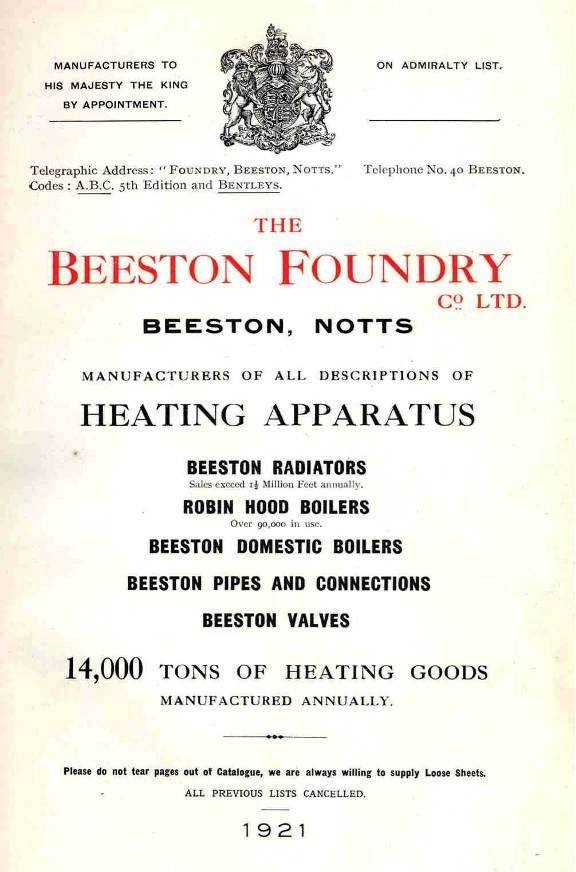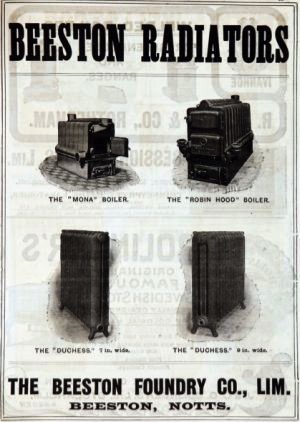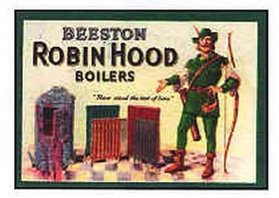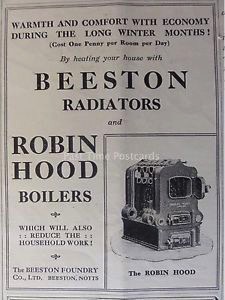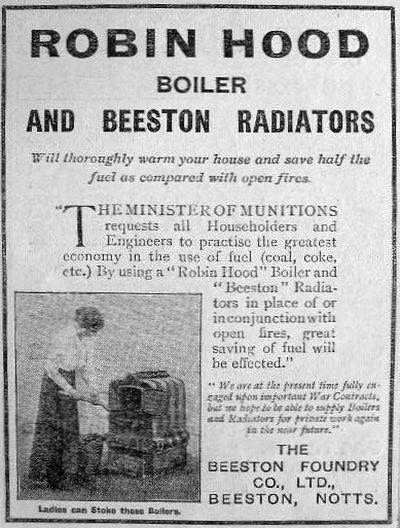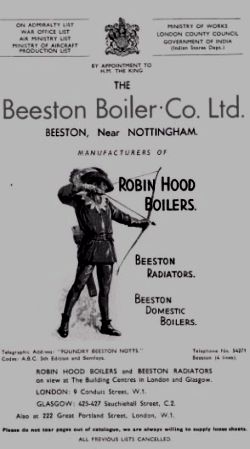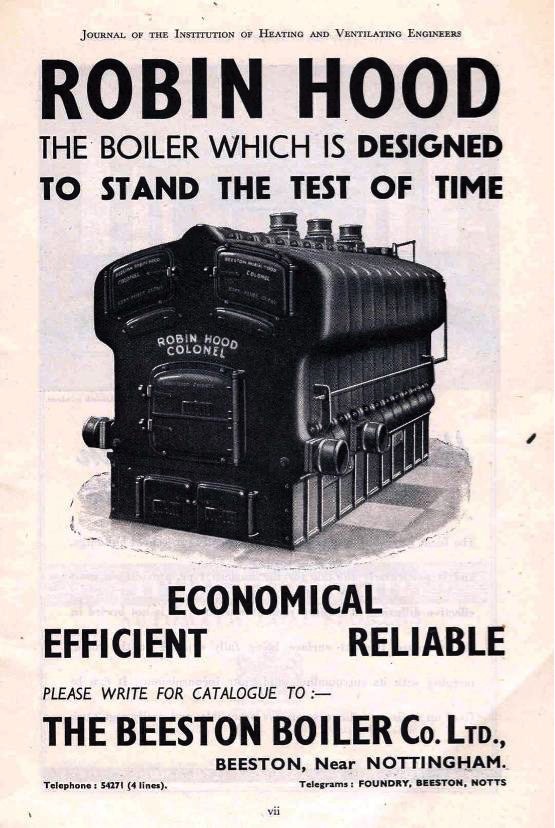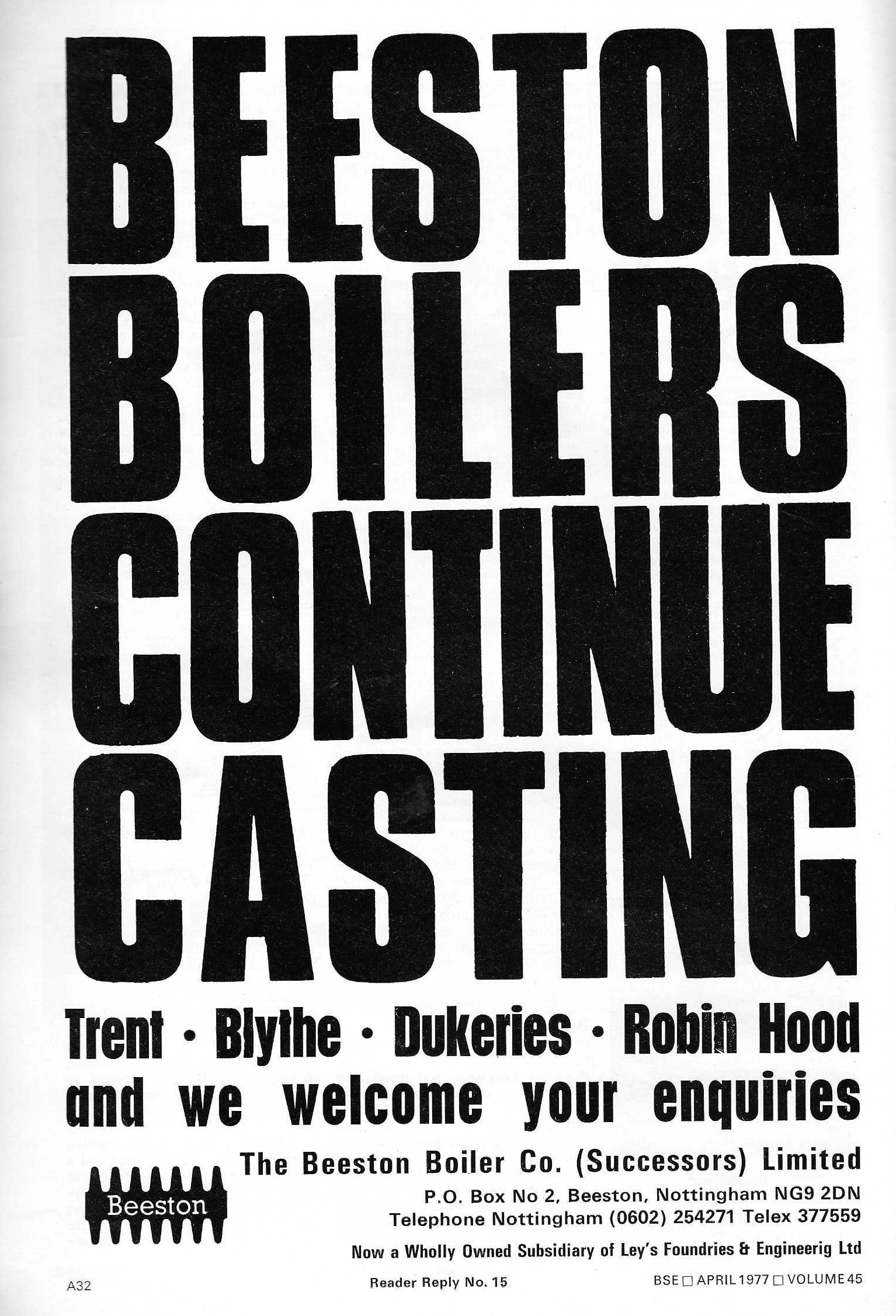A short history
about
THE BEESTON BOILER COMPANY
- the members of the Family
- its association with the town of Beeston
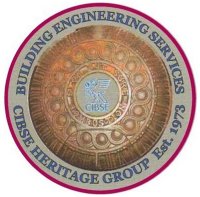
by F J Ferris for the
Heritage Group of the CIBSE
July 2018
with acknowledgements to the
Heritage Group Archive - Brian Roberts Archivist
Paul Yunnie Heritage Group Australia
Graces Engineering Guide
for their assistance and information.
|
The majority of the early heating
industry dates back to the creation of horticulture
in Britain and the buildings needed to keep
the exotic plants brought back from the
tropics, alive through a British winter. Thus
the erection of hothouses, glasshouses and
conservatories created and brought into
existence a new industry.
John Royston Pearson came from a family of nurserymen and is probably the family member who expanded their interest into Horticultural buildings and the necessity of heating these buildings.
During this same time period
Robert Foster was starting out in business and
developing the ironwork construction of
Horticultural buildings. He was applying for
patents for his new types and method of
construction for the cast iron structural
frames of the hothouses.
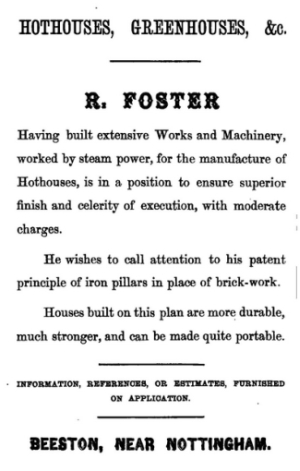 Therefore
it wasn’t long before these two men joined
forces and set up the company Foster and
Pearson in 1893. 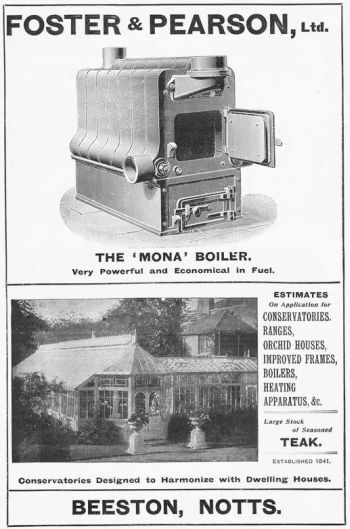 The origins for the manufacture
of Cast Iron sectional heating boilers in
Britain can be traced back to the latter
part of the Victorian period, and one of the
founding firms that appeared was The Beeston
Foundry Company which was incorporated on 21st
March 1893.
Another smaller firm
with the name The National Heating
Company was associated with Beeston and
continued to trade but became a separate
company when the Beeston Foundry Company
was incorporated, The National Heating
company eventually went into Liquidation
in November 1928, with the Beeston
Boiler Company given power of attorney
over the closing down of the company.
This was a smaller side to
the firm with the name The National
Heating Company that was involved with
the manufacture and erection of
horticultural buildings together with
its heating apparatus for greenhouses
and conservatories.
When giving names to
its ranges of heating equipment it
used both Royal and Military
titles. Early radiators were
called ‘Duchess’ which later
became the ‘Princess’ and ‘Royal’
patterns. Sectional boilers
followed suit with ranges being
named General, Major, Colonel and
Brigadier. The grander theIr title
the larger the output of the
boiler series. 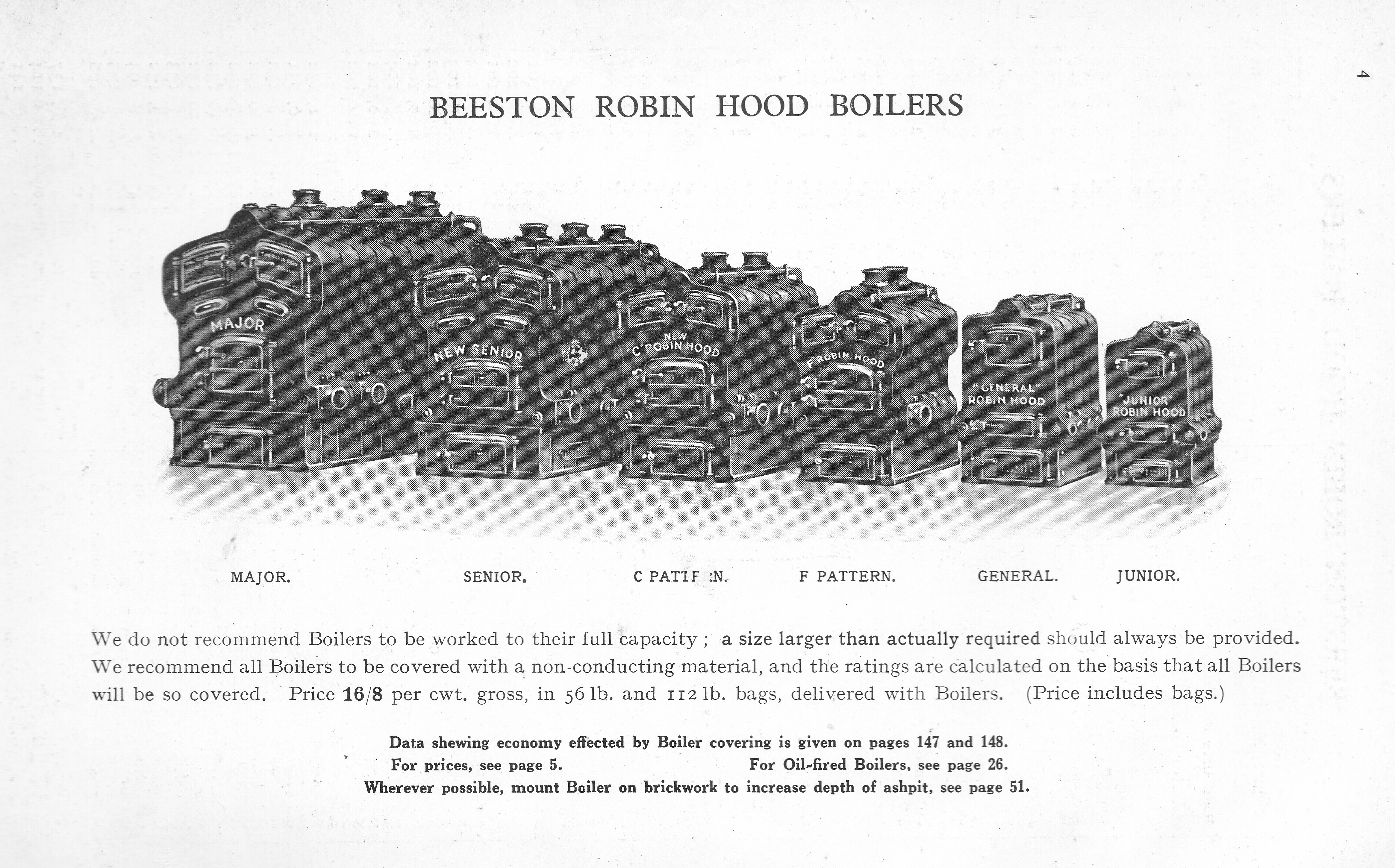 CAST IRON SECTIONAL BOILER RANGE 1932 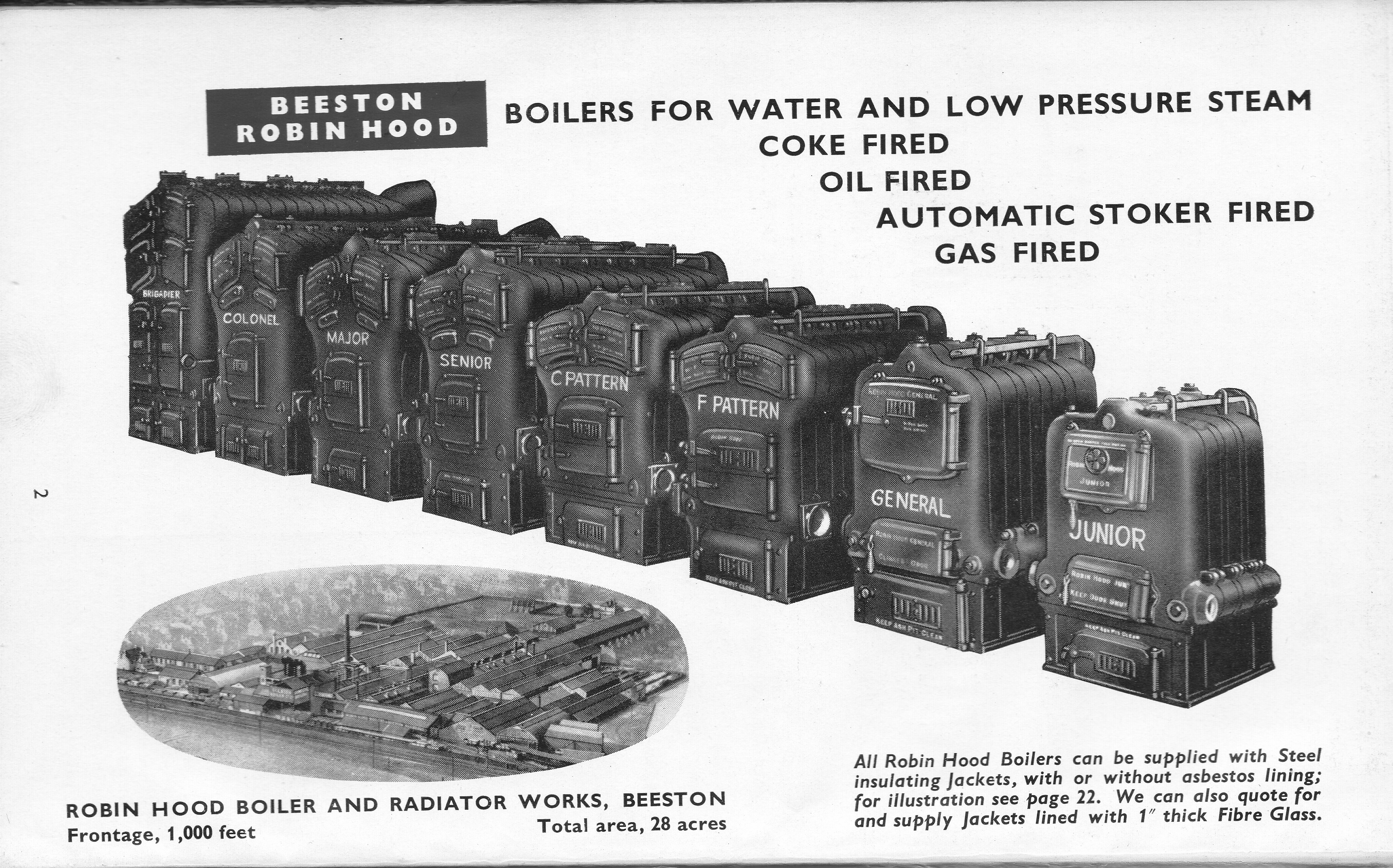 CAST IRON SECTIONAL BOILER RANGE 1951 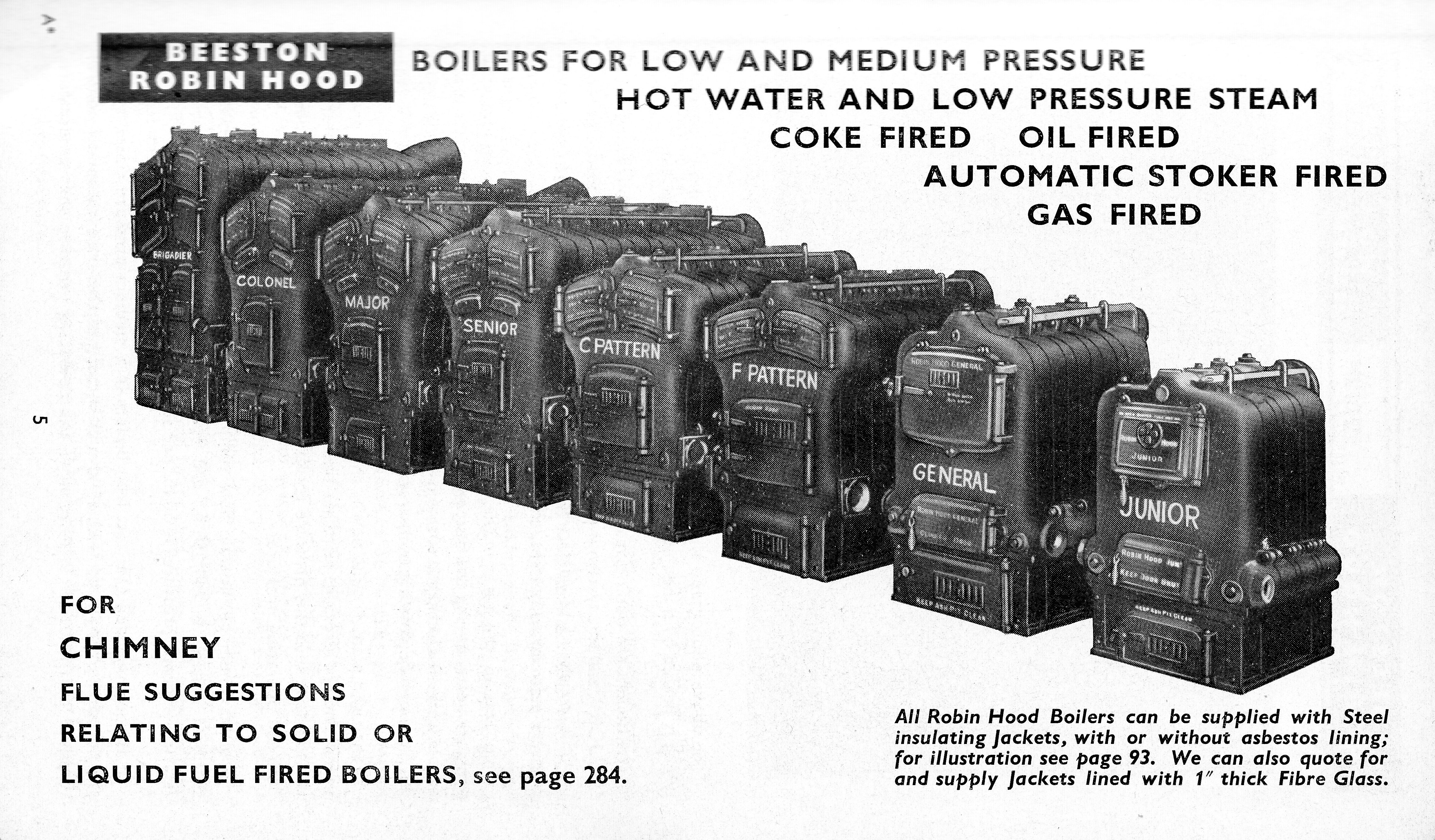 CAST IRON SECTIONAL BOILER RANGE 1961 (note the word asbestos for use with the insulating jacket)
Henry John
Pearson a horticultural
builder, engineer and
Iron Founder in
conjunction with his
younger brother Louis
Frederick Pearson
founded the company. Henry became the first Company
Chairman that continued
until his death in 1913,
when the Chairmanship
passed to his younger
brother Louis who guided
the company through WWI
when they manufactured
munitions supporting the
war effort.
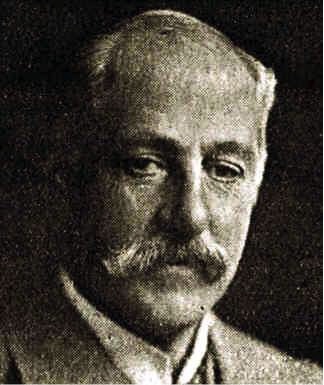 Sir Louis Pearson 1863 - 1943 For this
war work Louis was
awarded the CBE in 1919
and knighted in 1923 to
become Sir Louis
Pearson. He was active
in the emerging H&V
industry and became
President of the IHVE in
1903, giving as the
subject of his
Presidential address ‘Review
of Activities,
notes on dust,
technical education
for heating and
ventilating engineers,
trade papers and
railway transit’. The company
manufactured the full range of
heating equipment from its own
factory buildings and iron foundry
occupying a 28acre site, 11 of these
were for buildings, the remaining 17
acres being available for expansion. 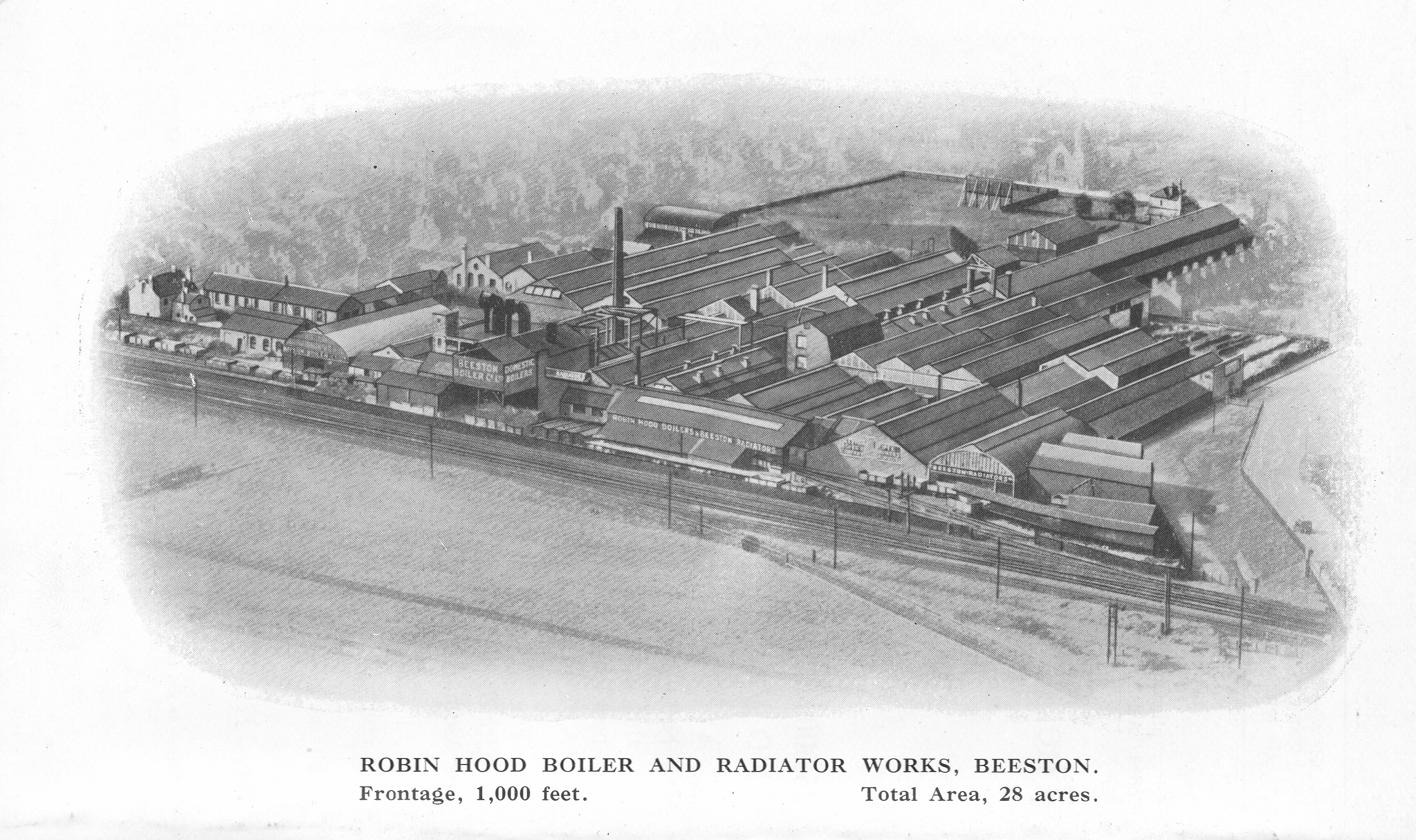 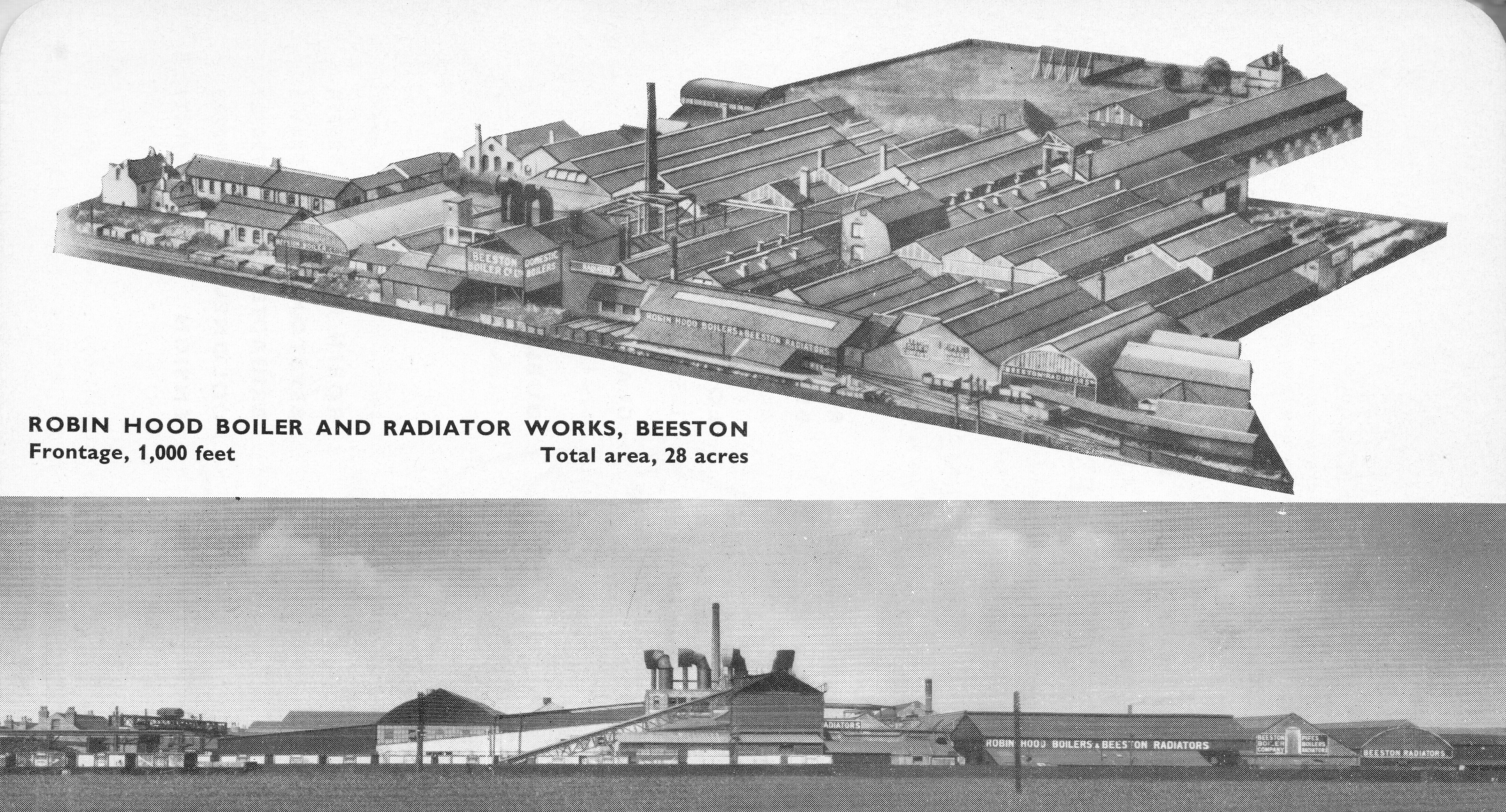 In 1923 the
company changed its name to The
Beeston Boiler Company by which time
the firm was manufacturing the full
range of heating products. This
included every type of equipment for
every type of building, within the
built environment.
Sir Louis Pearson
died in 1943 at the age of 80. He
was a great benefactor of several
local causes. He
left one son and two daughters.
Tragically his only son Thomas
Royston Pearson was killed in a
tractor farm accident in Ashbourne
Derbyshire just two weeks after his
father’s death. His
death lead to Louis’s nephew
Lieut-Gen Noel Gervis Pearson D.S.O.
M.C. the son of Henry John Pearson
becoming company Chairman after Sir
Louis’s death. In the same year 1943
Beeston became a public limited
company
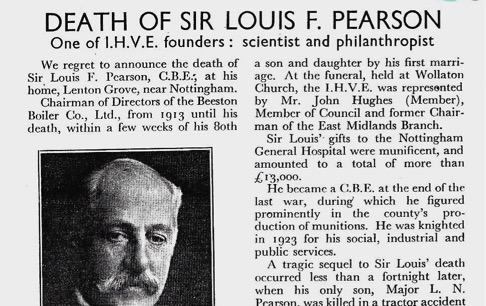 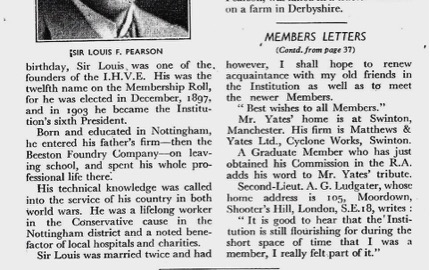 Other than the WWII
years the company traded
successfully taking a substantial
share of the heating market as part
of the rapidly expanding rebuilding
programme following the War years. The company
during the 1960’s and 1970’s were
still developing new ranges of
heating products including
industrial boilers such as the
‘Trent’ and the ‘Blythe’ to keep
pace with their competitors. One
such example occurred in 1963 when
Beeston used the Ford Motor Co to
produce pressed steel panel
radiators for their product range,
as the heating industry was moving
away from manufacturing the many
different patterns of the more
expensive cast iron sectional
radiators. In 1970 a new modern
automated cast iron foundry was
installed to speed up production
times and improve quality, but sadly
it soon became apparent that
problems were happening with the
quality control resulting in too
much scrap material. The economic
depression of the 1970’s saw the
Company suffering a fall in orders
with the then chairman Mark Pearson
stating “orders
had fallen more sharply than usual
at this time of year”. This
then lead to the company making 80
production workers redundant. This downturn in orders
led eventually circa 1975 to the
Company being placed into
receivership with the company in
1977 being acquired by Ley’s
Foundries and Engineering Ltd. The
firm’s name was changed to The
Beeston Boiler Company (Successors)
Limited. Leys struggled on for four
years to turn the company into
profit, but the losses continued,
that eventually saw both Beeston and
Leys being taken over by William
Holdings a company from Derby.
Applications were made
to wind up the company, and it was
formally dissolved in October 2000.
However, later an application was
made to resurrect the company name
The Beeston Boiler Company. Sadly The Beeston
Boiler Company followed the same
fate as other similar size British
boiler firms created in the late
Victorian period, Hartley &
Sugden, Lumby’s, Binns &
Speight, Jones & Attwood who all
succumbed to the increasing global
competition. The quality of
the Beeston Robin Hood boiler have
been proved by their long levity and
reliability, as many installed
during the 1930’s are still in use
in the 21st century. |
